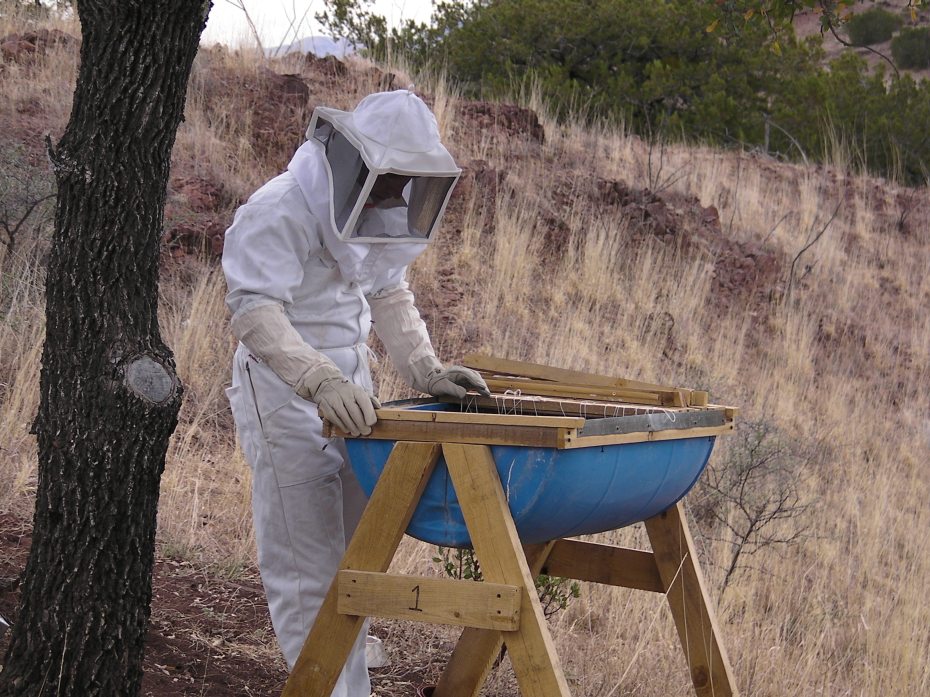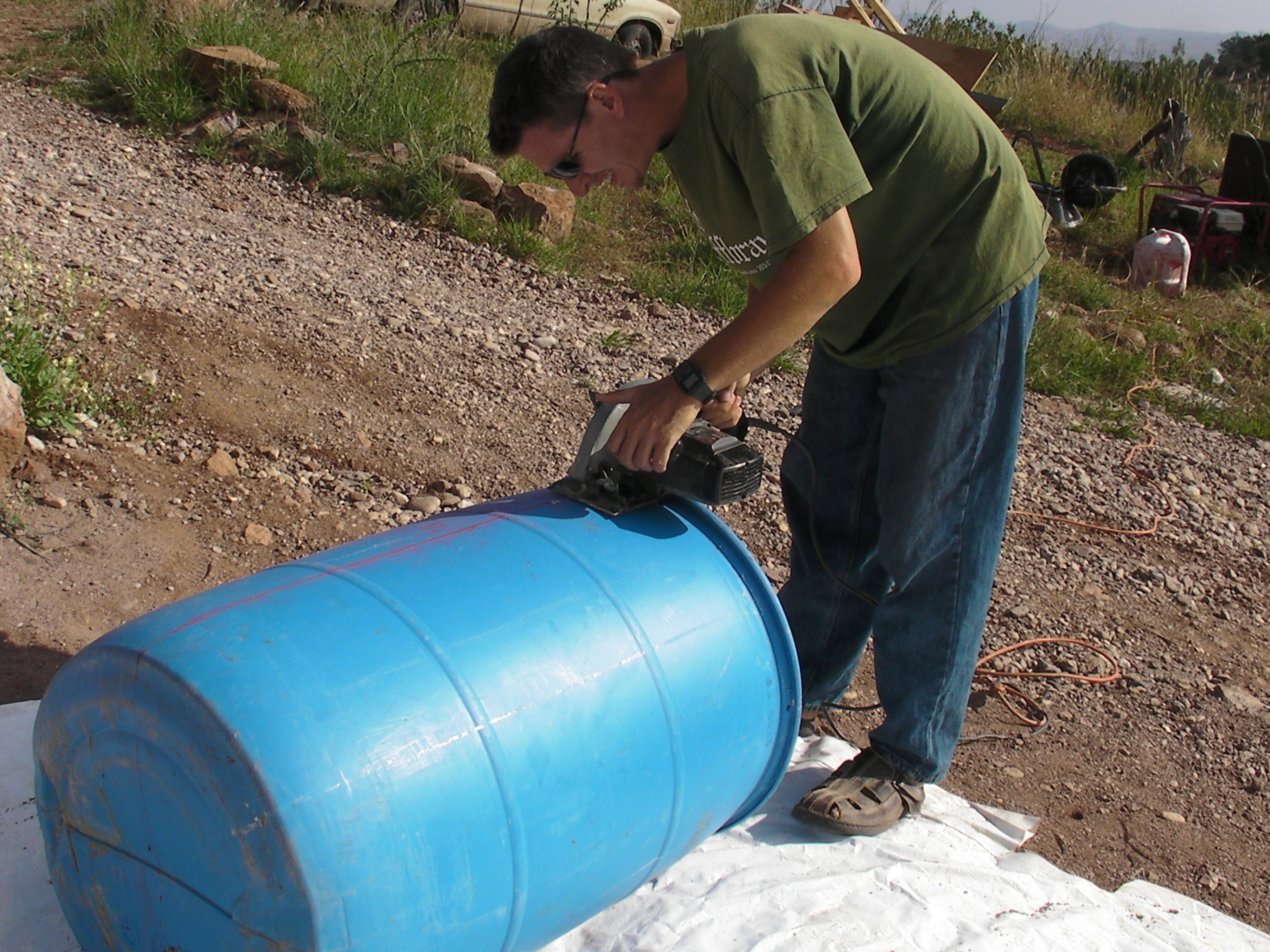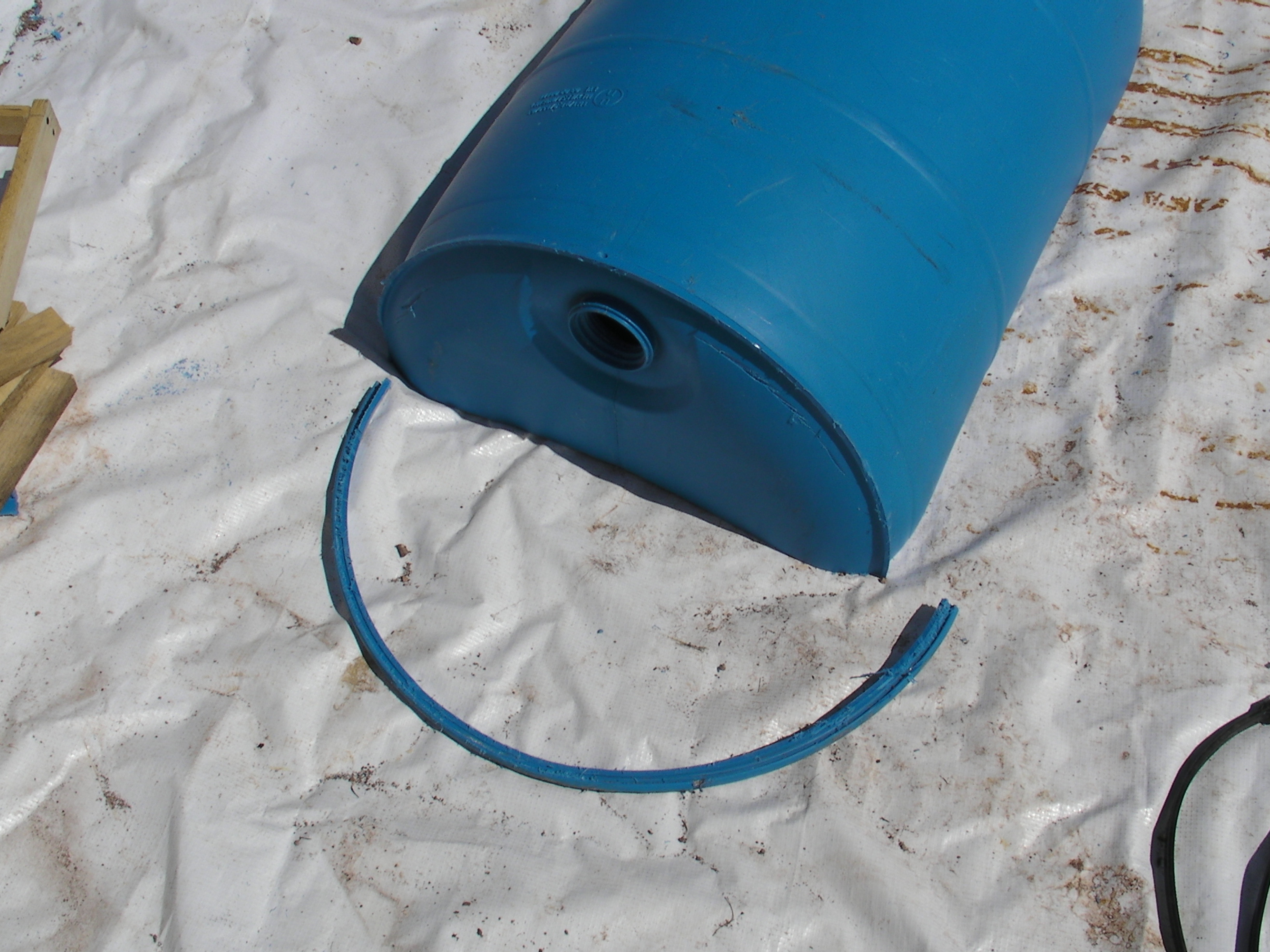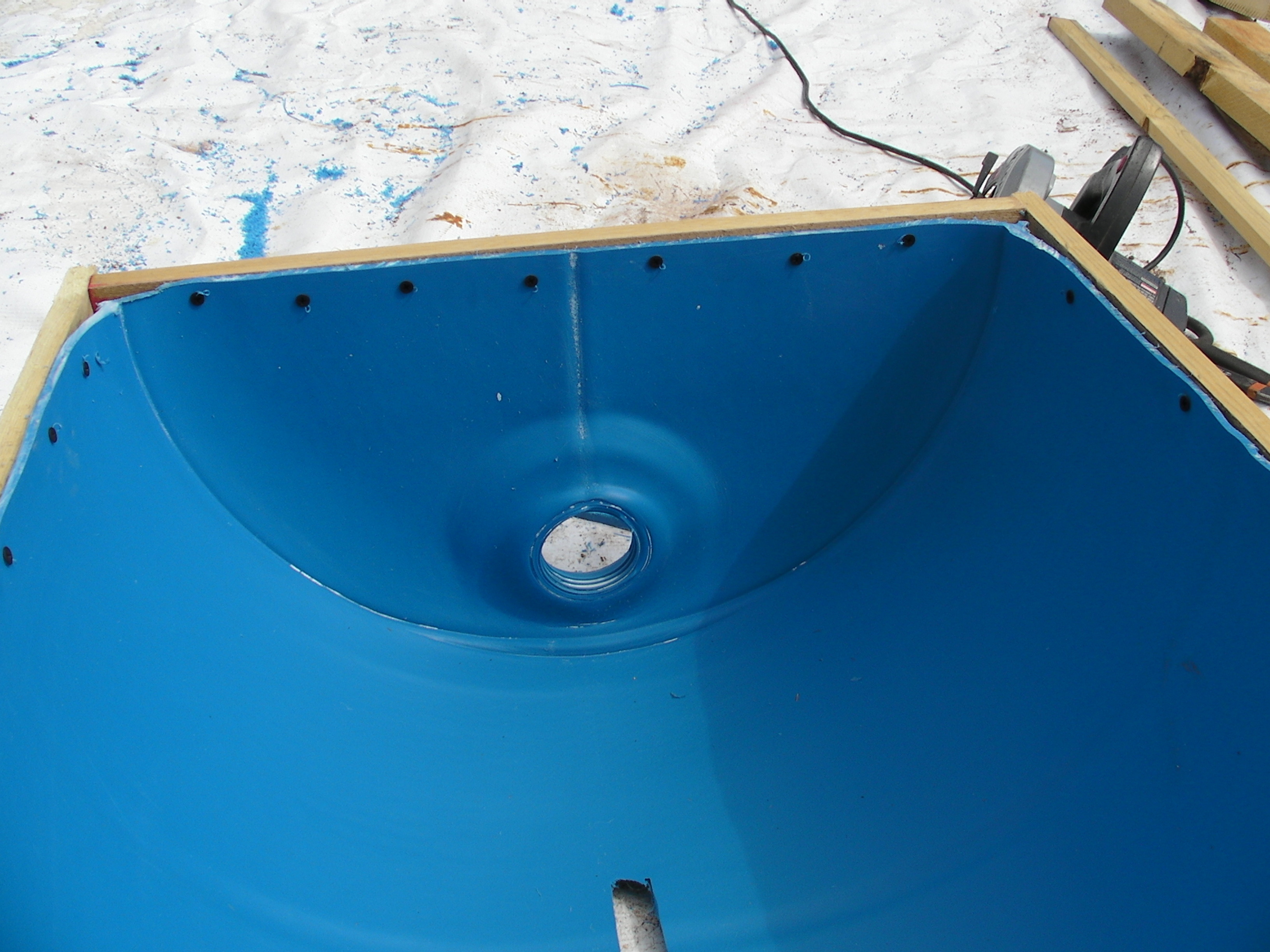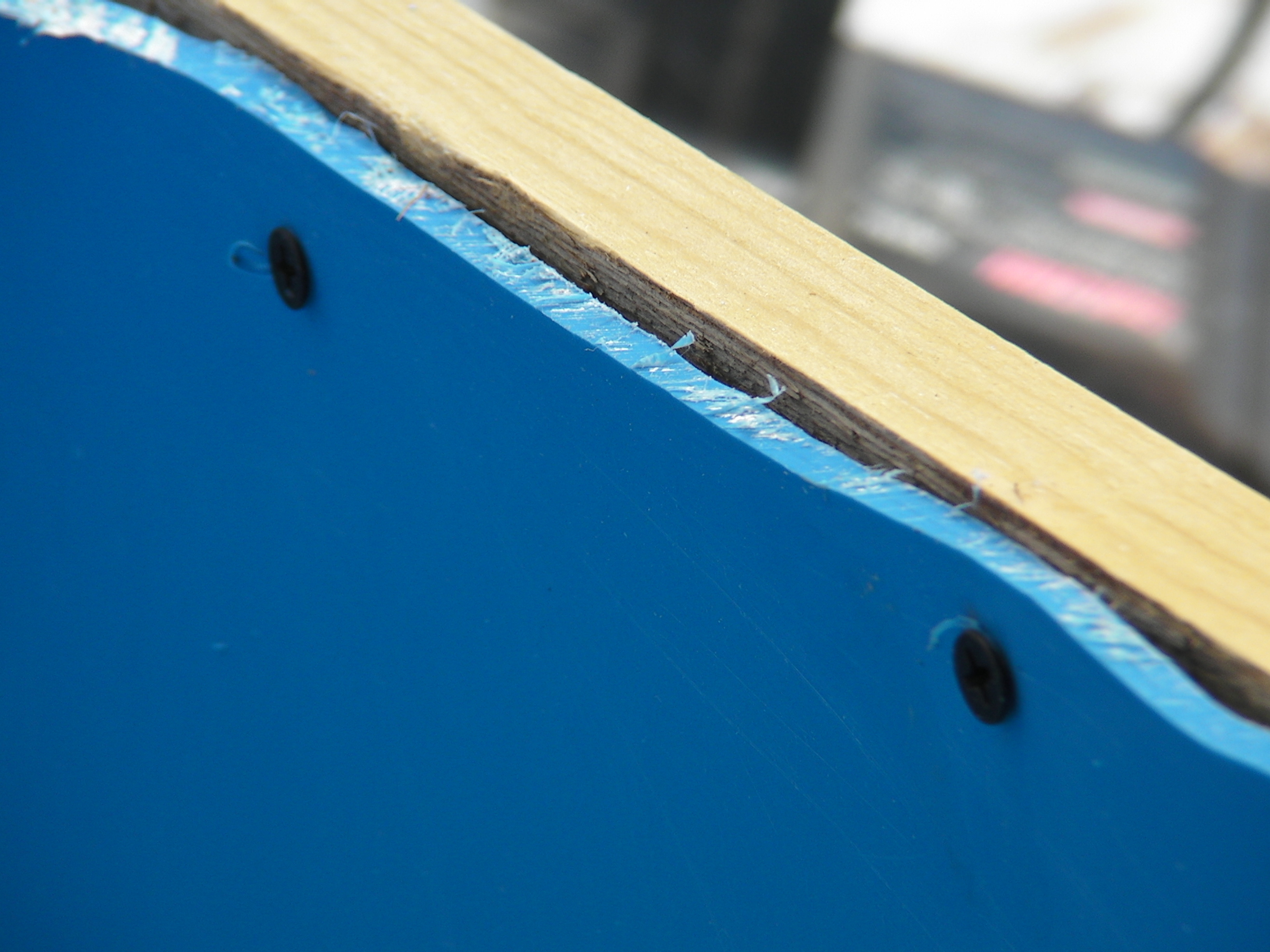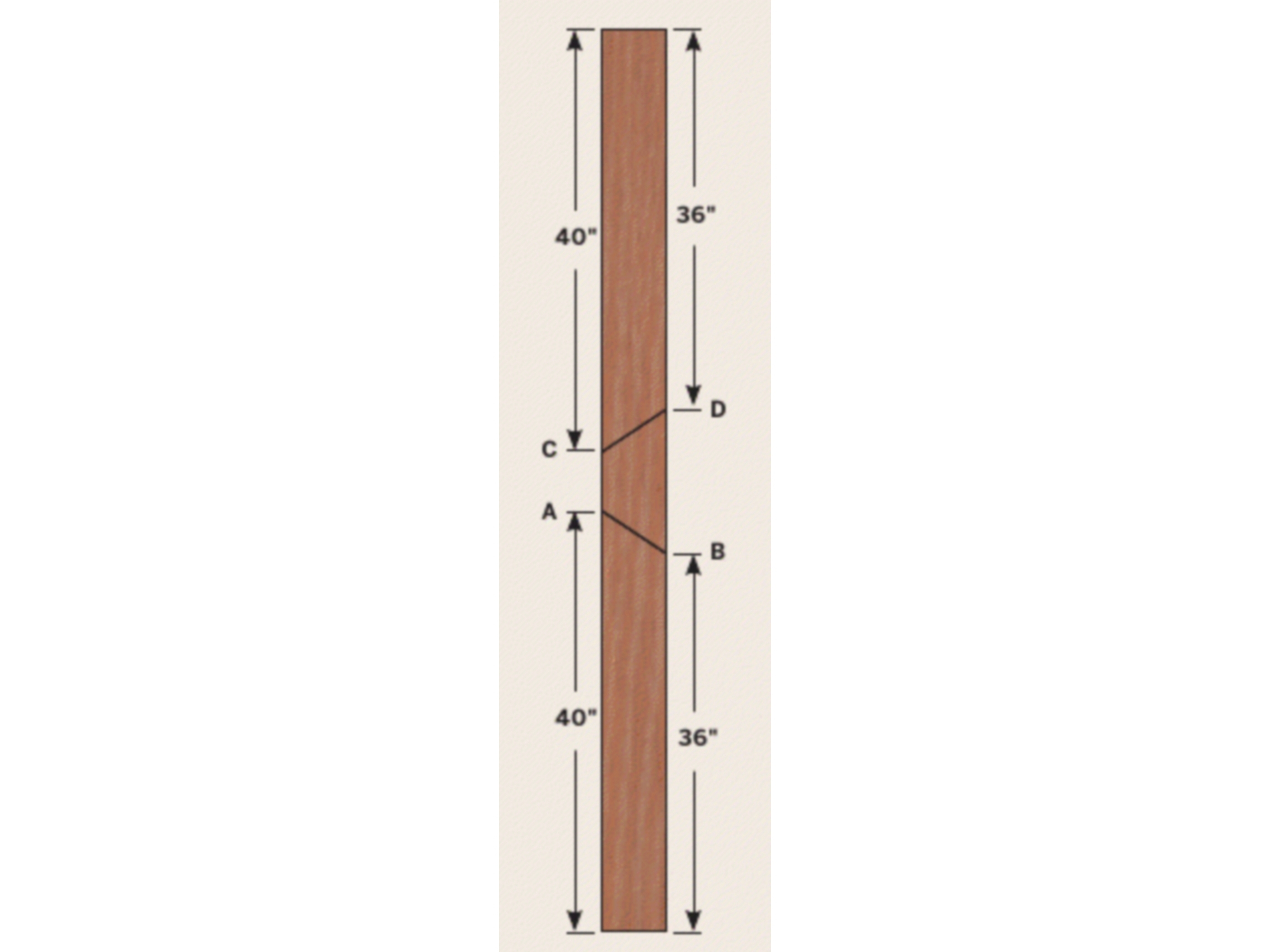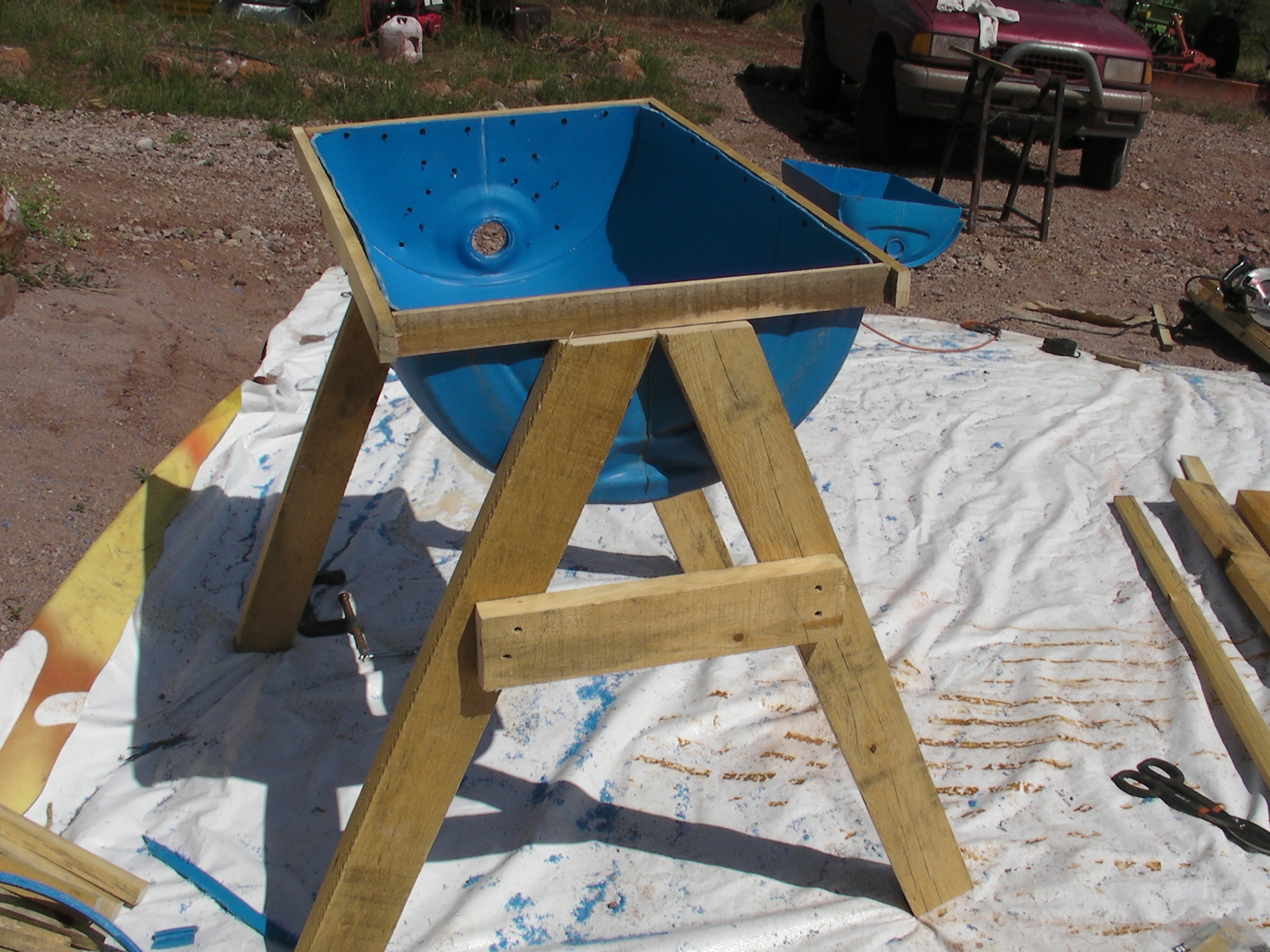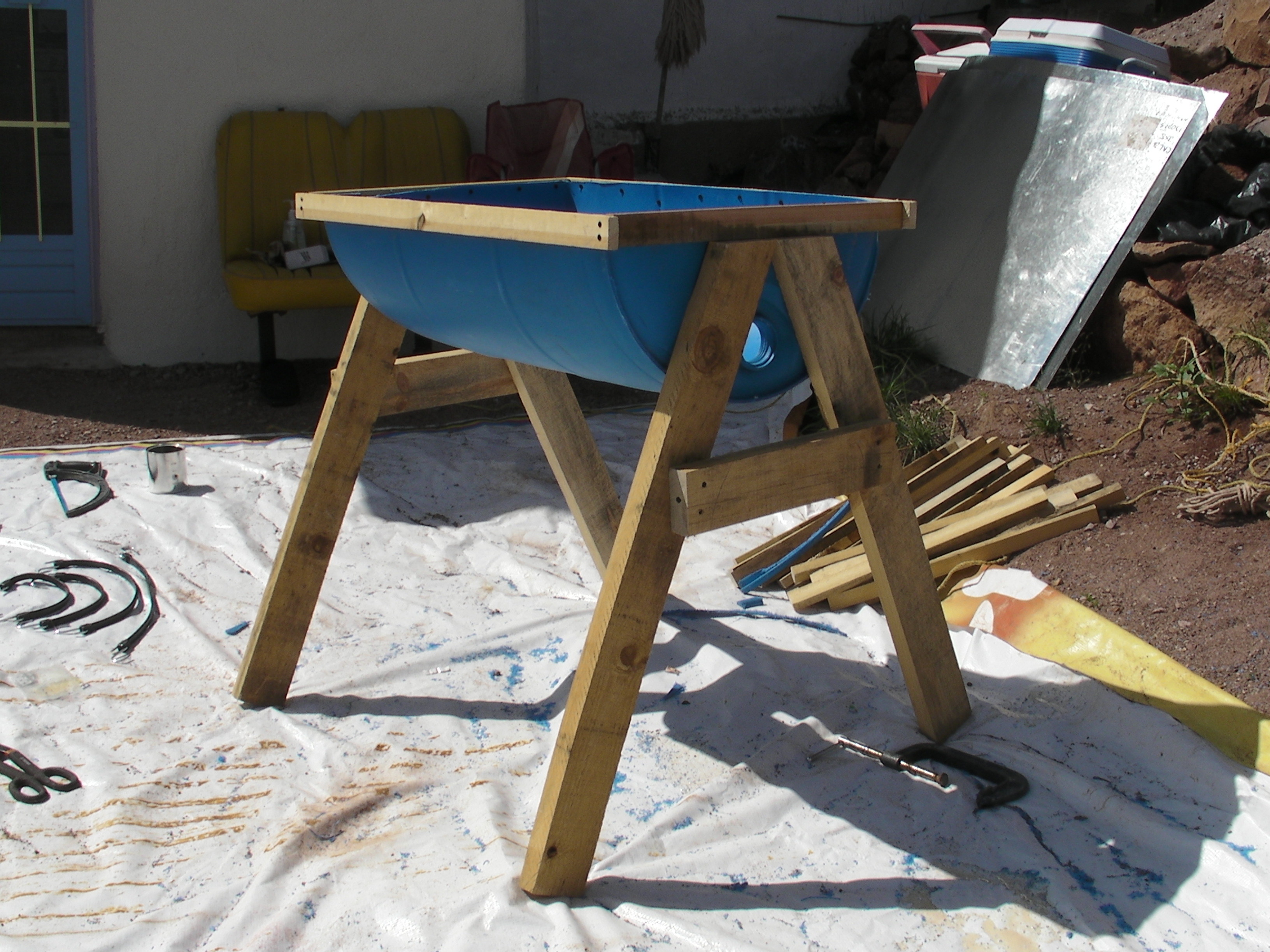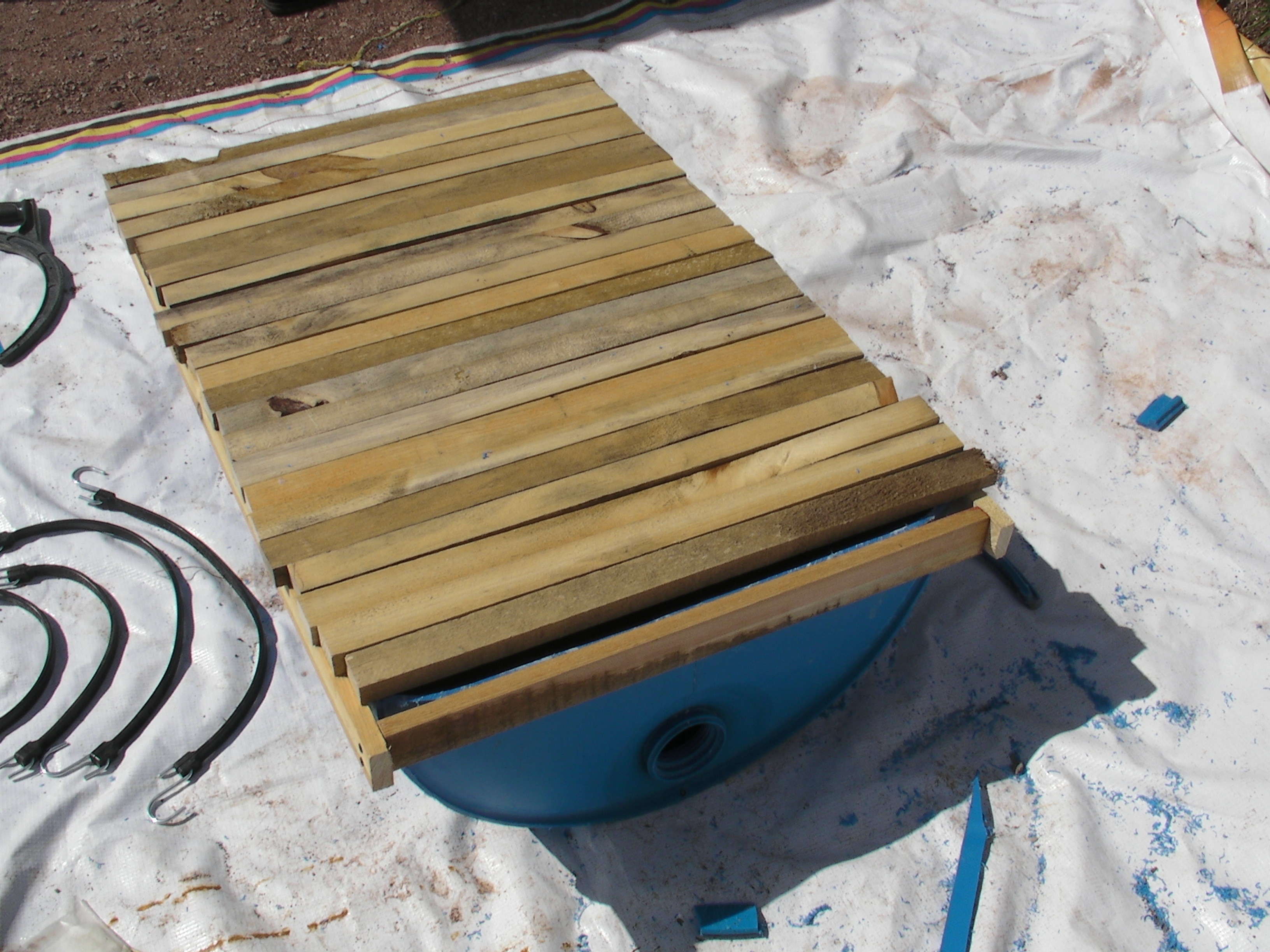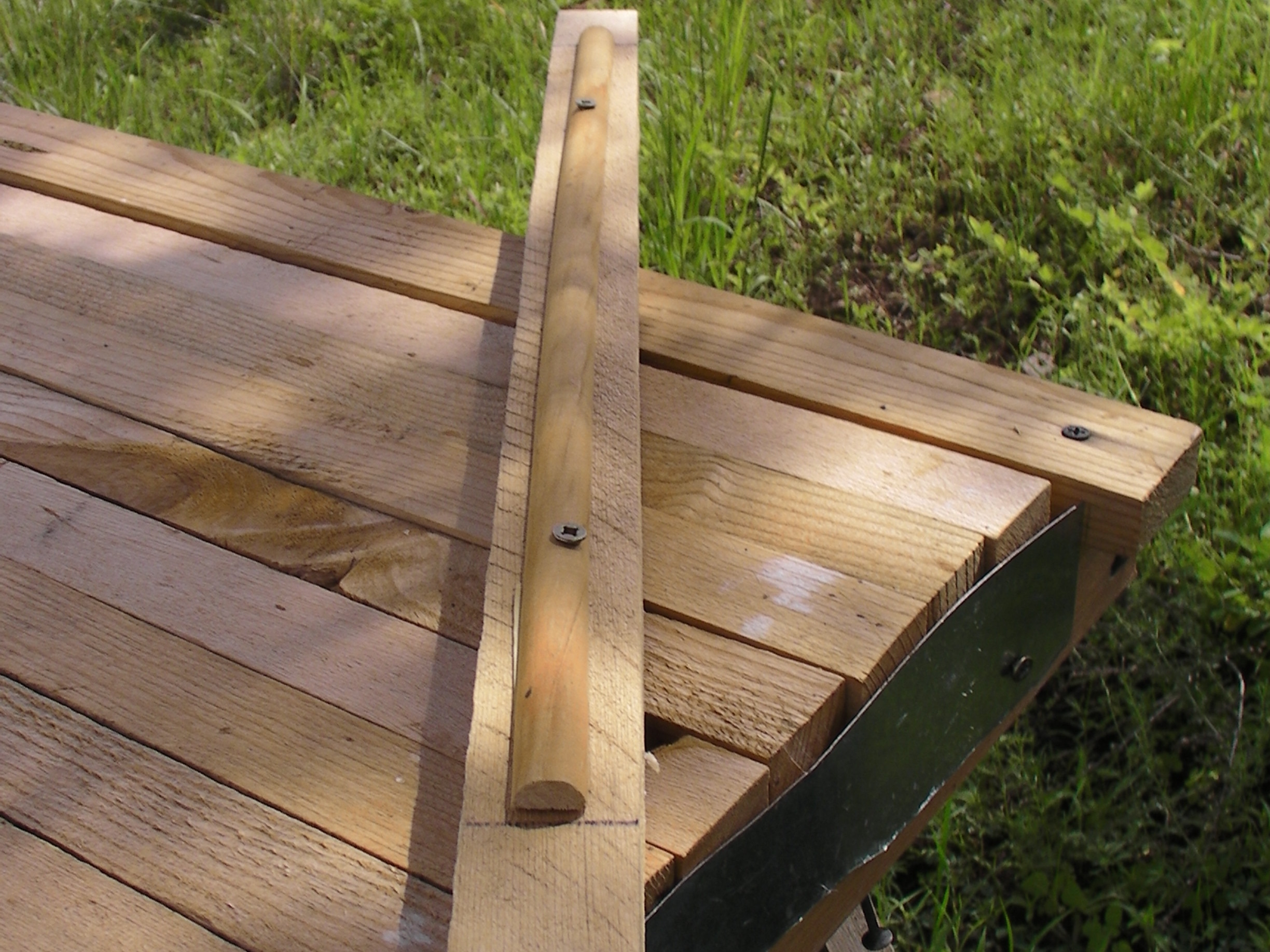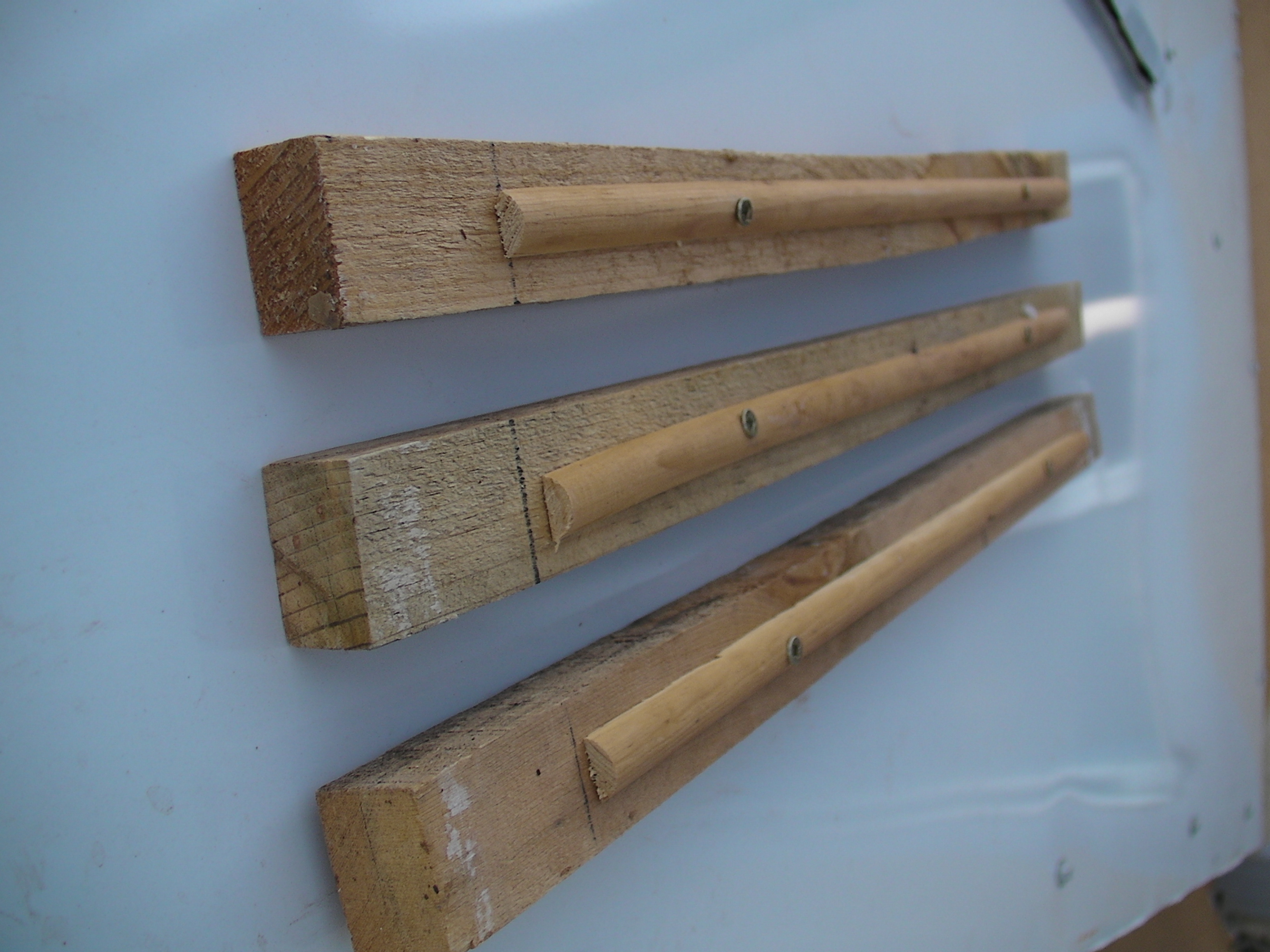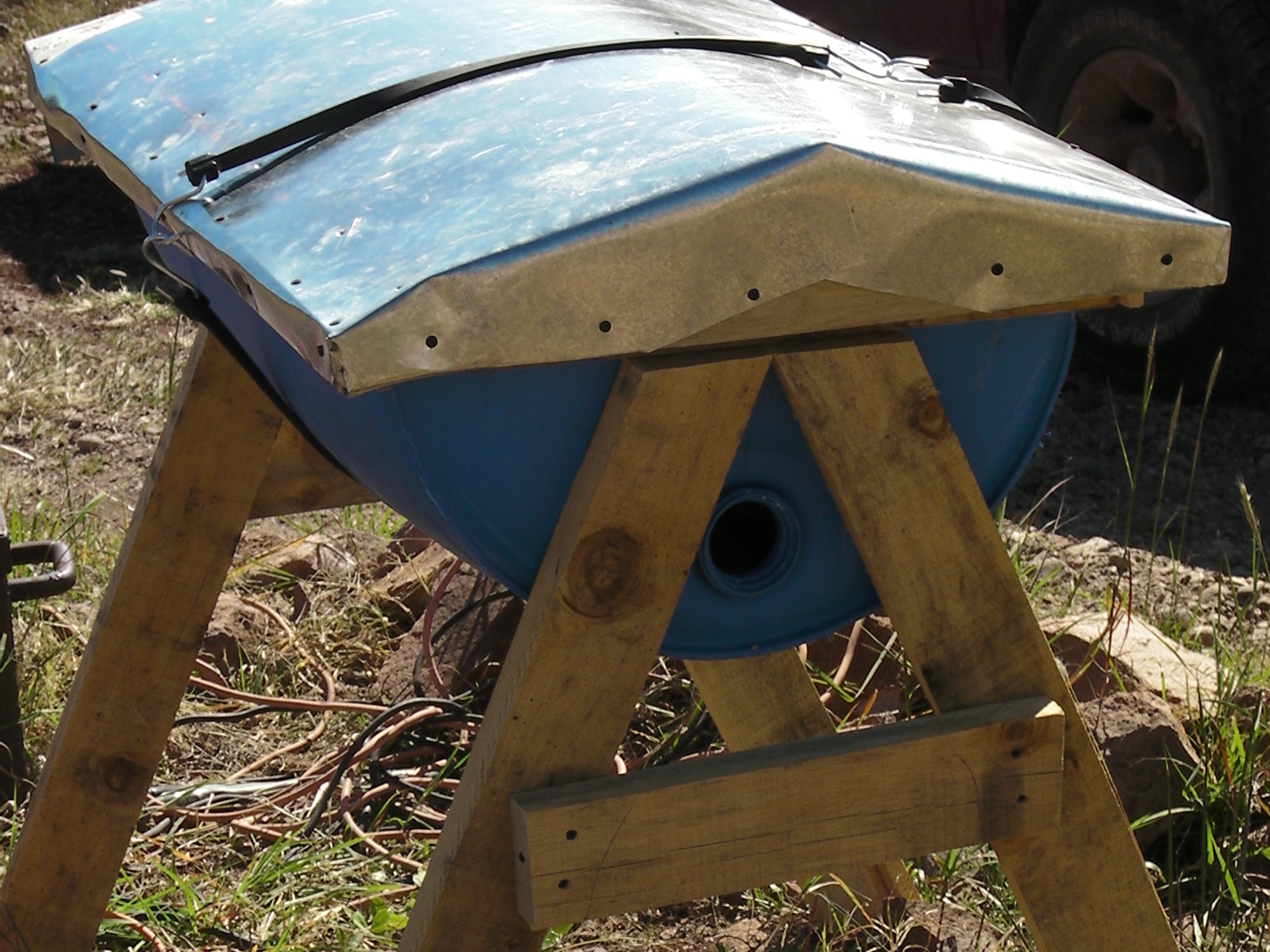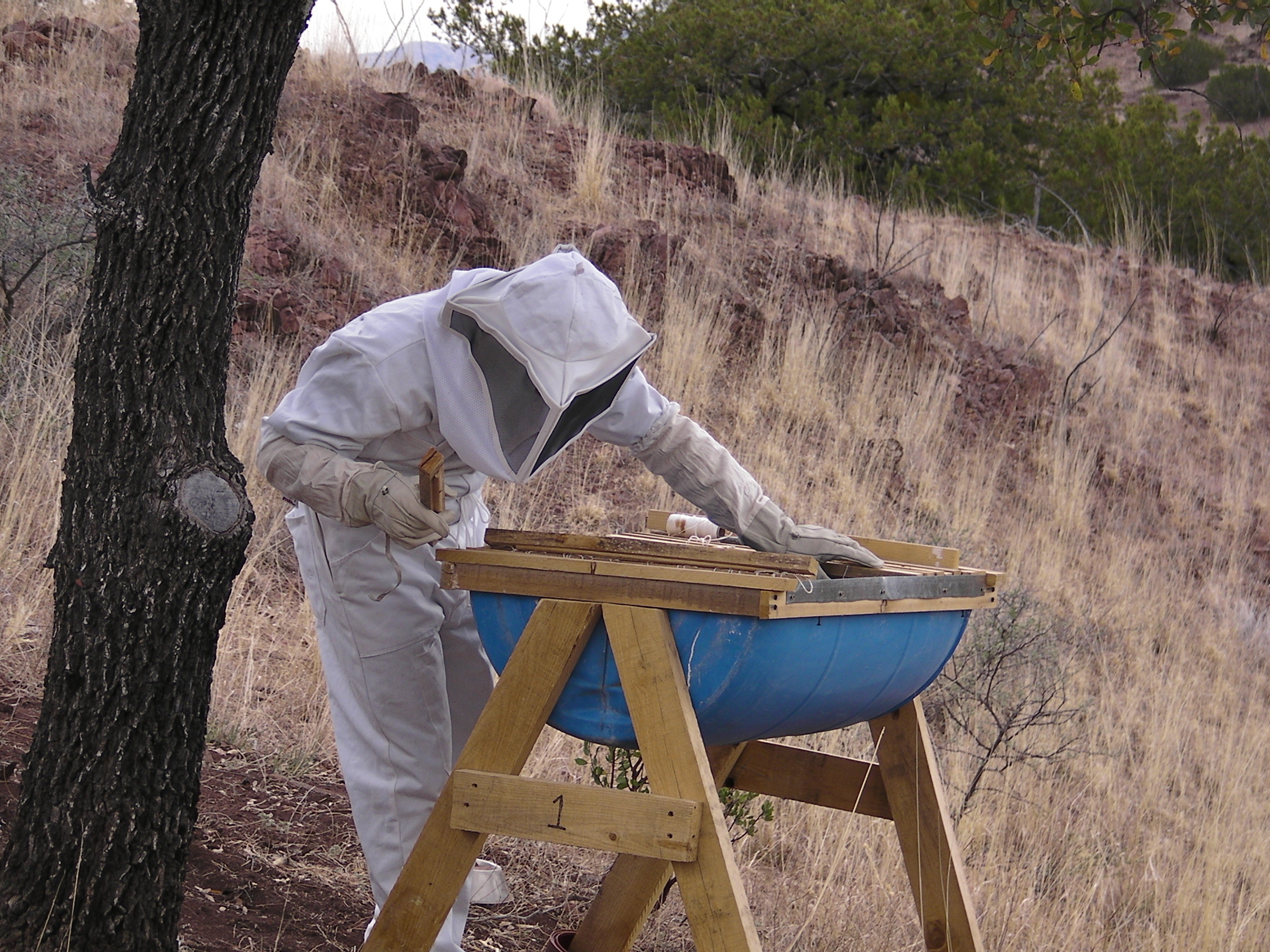Beekeeping is an ancient DIY art, practiced by amateurs and makers for centuries. Anyone can produce natural honey at home by making their own hive. Here’s how to build a cheap and simple beehive called the Honey Cow.
The Honey Cow is designed to mimic nature. Unlike commercial hives, it doesn’t have frames, foundations, or excluders. Instead, it just has top bars, allowing the bees to do what they’d do in a fallen log: build beautiful, natural combs. Because it’s less intrusive to the bees, it’s easier to make and to manage, so it’s a perfect hive for beginners. Once you have a hive, you’ll want to gather a few extra bits of equipment, like a veil, a smoker, and a bee feeder. You can procure bees by capturing a swarm or buying a “package” or nucleus from a fellow beekeeper. After one full summer, you’ll reap the reward: wonderful, homegrown honey.


